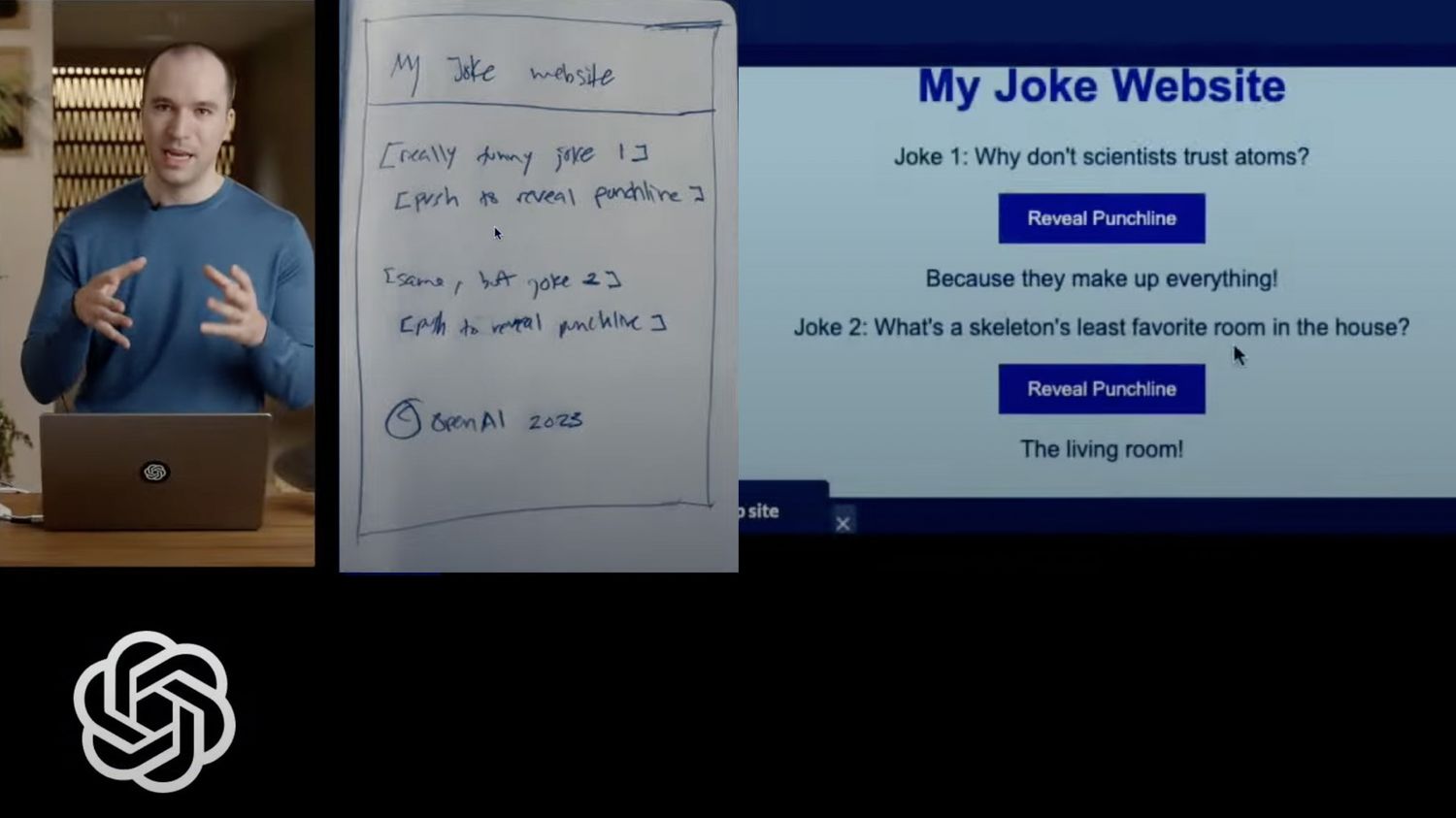Back to this artificial intelligence phenomenon that is the chatGPT. Its launch, at the end of November, had generated as much enthusiasm as concern. The new version of GPT which carries the number 4 arrived this week with, at the end of the day, a fascination and fears at least multiplied by four.
The generative artificial intelligence chatGPT, in its first version accessible to the general public, already knew how to provide written answers, to questions typed on the keyboard, as if you were chatting with a friend by messaging. But he had also been criticized for his lack of finesse, his inability to distinguish bad intentions and, incidentally, his lack of humor.
Announcing GPT-4, a large multimodal model, with our best-ever results on capabilities and alignment: https://t.co/TwLFssyALF pic.twitter.com/lYWwPjZbSg
—OpenAI (@OpenAI) March 14, 2023
First observation: this version 4 is much more powerful, intelligent and structured. An example: the success rate for the American bar exam has gone from 10 to… 90%. And artificial intelligence can now also write the equivalent of a larger-than-life lawyer’s letter. This is also one of the professions worried about this revolution, like travel agents, community managers or journalists.
A website created from a sketch
Another novelty: this new version of chatGPT based on GPT4 is multimodal. This means that we can now submit text, sound or images to it. A striking example with this basic website sketch, scribbled in a notebook. From the single photo, chatGPT4 creates the site, all by itself, in a few moments. Admittedly, it lacks the artistic touch, but all the HTML code is produced automatically.
I was talking about humor: chatGPT, new version, now understands the subtlety of the joke between “pince-me” and “pince-moi”. You can also ask him to imagine a dialogue between two ch’tis. Admittedly, it is text but everything is there, “biloute” included. All that’s missing is the northern accent!
To be able to use this version 4, even at peak times, you must now pay: €20 per month as part of the “chatGPT+” subscription. Access to OpenAI’s generative artificial intelligence, on the other hand, remains free in Bing, the search engine whose publisher, Microsoft, has followed in the footsteps of the creator of chatGPT. Barely a month after the announcement of the new Bing, which integrates the results provided by chatGPT, here is “Office 365 Copilot“, Microsoft’s Office office suite, boosted with artificial intelligence: an AI (Artificial Intelligence) that works and – even – who thinks for you in Word, Excel, Powerpoint, Outlook or Teams.
A PowerPoint presentation… without doing anything
Copilot creates your PowerPoint presentations, including images, from a simple Word file placed in its interface. He writes your emails for you, defines which ones have priority, to answer them first; it builds the tables in Excel, shortens your texts that are too long, even summarizes the Teams meetings by videoconference, which you were unable to attend, highlighting the questions that remained unanswered.
New too, with regard to the images created by this artificial intelligence. The already very realistic women and men, represented in the images created, via the new MidJourney V5 platform, finally have five fingers, neither more nor less. It may seem laughable, even anecdotal, but it was one of the last “details” that made it possible to tell the difference between a real photo and an image created from scratch by artificial intelligence.
